Types of Wine – A Complete Guide
Wine is more than just a drink—it's a cultural expression, a regional signature, and, for many, a personal journey of taste and discovery. At Winera, we’ve curated experiences across Europe’s most exciting wine regions, showcasing everything from robust reds and elegant whites to trendy orange wines and centuries-old fortified styles.
Whether you’re new to wine or looking to deepen your understanding, this guide walks you through all the major wine types featured across our winery partners—by color, style, and tradition. You’ll learn what makes each type unique, how it’s made, what it tastes like, and where you can try it for yourself.
Let’s begin with the most essential classification: wine by color and style.
Wine by Color & Style
Red Wine
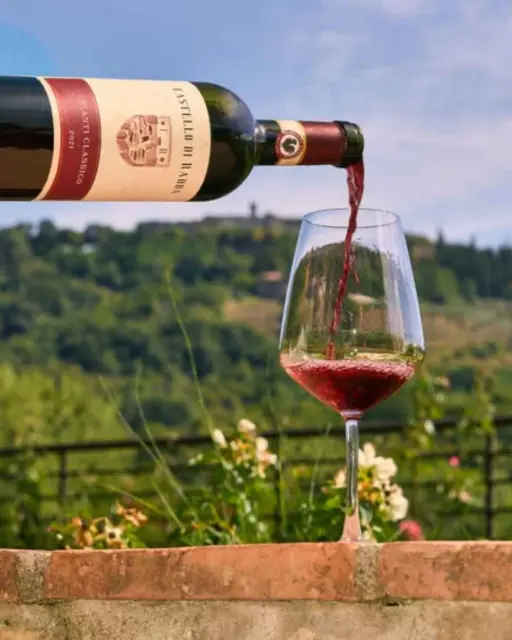
Red wine is made from dark-skinned grape varieties, with fermentation occurring in contact with the grape skins. This process—called maceration—gives red wine its deep color, tannins, and structure. Styles vary from light and fruity (like Pinot Noir) to bold and full-bodied (like Cabernet Sauvignon or Balkan varieties such as Vranac).
Red wines often feature flavors like red berries, blackcurrants, plum, earth, herbs, and spices. Many improve with age, developing more nuanced aromas over time. They pair beautifully with grilled meats, pasta, mushrooms, and hard cheeses.
Try it at Ščurek Winery, where their reds showcase the strength of Slovenia’s Vipava Valley.
White Wine
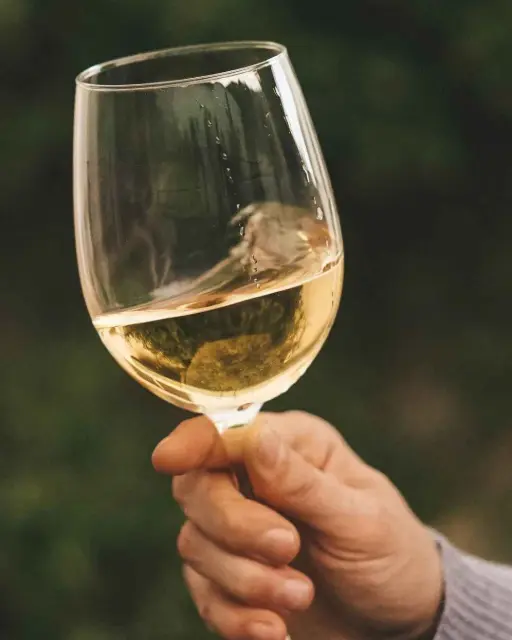
Unlike red wine, white wine is typically made without skin contact. The juice is pressed directly from the grapes and fermented as a clear liquid, leading to crisp, refreshing flavors and lighter body. Though most are made from white grape varieties, red grapes can be used too (as long as the skins are removed).
Common types include Sauvignon Blanc (zesty and citrusy), Chardonnay (from lean to creamy), and Riesling (which can be bone-dry or lusciously sweet). White wines pair well with seafood, poultry, salads, and goat cheese.
Explore whites from Vinum Winery, known for their expressive Chardonnay and Sauvignon Blanc.
Rosé Wine
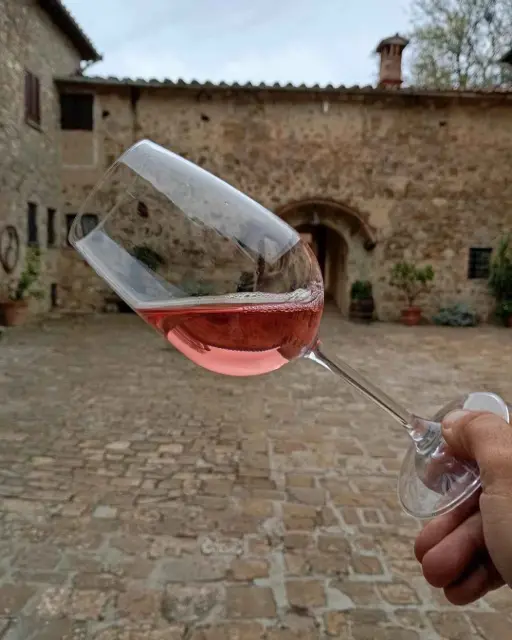
Rosé wines sit between red and white, created by allowing the juice of red grapes brief skin contact—typically just a few hours. This results in a lovely pink color and a light, fruit-forward profile.
Depending on the grapes and method, rosé can be dry (as in Provence), off-dry, or sweet (like White Zinfandel). Tasting notes often include strawberry, raspberry, citrus, and melon. Rosé is one of the most versatile wines for food—perfect with grilled fish, salads, soft cheeses, or as an aperitif.
Enjoy seasonal rosé pours at wineries like Šapat, offering sweeping views and light Mediterranean pairings.
Sparkling Wine

Sparkling wines are known for their lively bubbles, which result from a second fermentation process that traps carbon dioxide in the bottle or tank. They range from dry (Brut) to sweet (Demi-Sec or Doux), and can be made in white, rosé, or even red styles.
Classic sparkling wines include Champagne, Prosecco, and Cava, though many other regions—including Serbia and Slovenia—produce their own versions. Sparkling wines are celebratory by nature, but they also pair surprisingly well with fried food, sushi, creamy cheeses, and oysters.
Sip locally made bubbles from MCC Erdevik or Vinum Winery, both of which offer sparkling tastings on-site.
Orange Wine
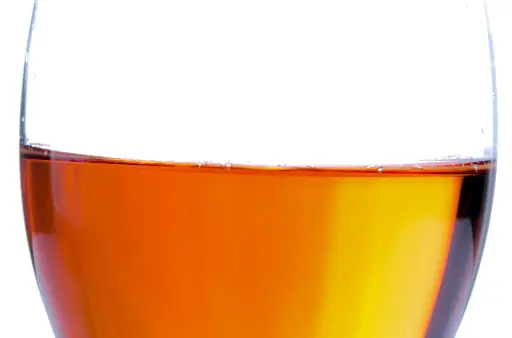
Don’t be fooled by the name—orange wine isn’t made from oranges. It’s a white wine made using red wine techniques: the juice ferments with the grape skins and seeds for an extended period. This gives it a copper-orange hue, fuller body, and complex tannins.
Orange wines often taste earthy, herbal, or nutty, with hints of dried orange peel, tea, or sourdough. They pair wonderfully with bold dishes like aged cheeses, fermented foods, or spicy cuisine. This ancient winemaking style, originating in Georgia, is making a modern comeback in natural wine circles.
Experience the trend for yourself with Plavinci’s Orange Wine Tasting, one of Belgrade’s most unique wine flights.
Dessert & Fortified Wine
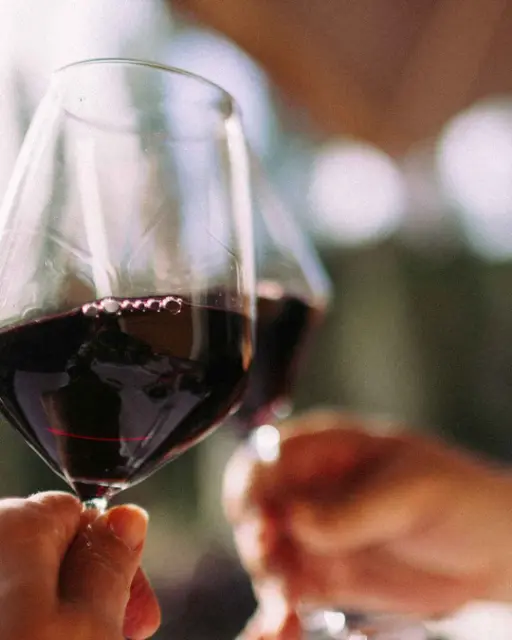
Dessert wines are sweet by design, either made from late-harvest grapes, dried grapes, or by stopping fermentation early. Fortified wines—like Port, Sherry, and Madeira—are boosted with grape brandy, raising the alcohol and preserving residual sugar.
Expect rich, intense flavors: honey, fig, raisin, caramel, toasted nuts. These wines shine with desserts like fruit tarts or dark chocolate, but also pair beautifully with blue cheese and foie gras.
Sample rare dessert and fortified wines from Roxanich Winery, a producer known for its experimental and aged styles.
What’s Next?
Now that you’re familiar with the core wine styles, we’ll explore other ways wines are categorized—by farming methods, grape types, and regional origin.
Organic & Biodynamic Wines
The world of wine is evolving—and so are the ways it's made. As more wine lovers seek authenticity, sustainability, and purity in their glass, organic and biodynamic wines have grown from niche movements into defining categories. At Winera, we proudly feature wineries committed to these mindful farming practices, offering you a taste of wine that respects both tradition and the earth.
What Is Organic Wine?
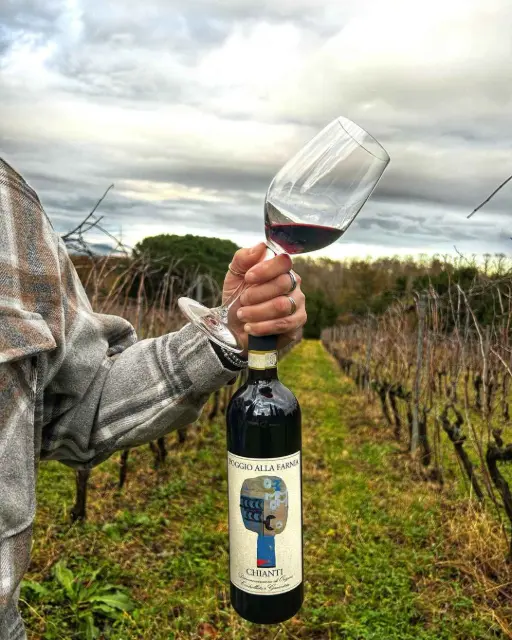
Organic wine is produced from grapes grown without synthetic fertilizers, pesticides, or herbicides. Instead, organic viticulture relies on natural methods—cover crops, compost, and beneficial insects—to manage the vineyard. In most cases, organic certification also limits additives during winemaking, such as sulfites or lab-created yeasts.
The result? Wines that are often more expressive of their terroir (the natural environment where grapes grow), with vibrant acidity and a raw, unfiltered character. Organic wines are typically labeled as such and may carry official certification (e.g., EU Organic logo).
Explore Fattoria La Maliosa, a certified organic winery in Tuscany known for its natural, sulfite-free wines.
What Is Biodynamic Wine?
Biodynamic viticulture goes a step further. Based on the early 20th-century teachings of Rudolf Steiner, it treats the vineyard as a living, self-sustaining ecosystem. Biodynamic farmers follow a lunar calendar, use special composting preparations (such as horn manure), and strive to enhance the energy and vitality of the soil.
Think of biodynamic as “organic plus spirituality.” While it may sound mystical, many of the world’s top wineries swear by it—not just for philosophy, but for results. Biodynamic wines often have incredible balance, ageability, and a strong sense of place.
Discover Wassmann Biodynamic Winery in Hungary, where old-world winemaking and biodynamic farming come together in one unforgettable tasting experience.
Natural Wine: The Overlap
Though not a legal category, natural wine overlaps heavily with organic and biodynamic styles. These wines are typically made with minimal intervention—meaning no lab-cultured yeast, no fining or filtering, and little or no added sulfites. They are fermented spontaneously and may appear cloudy or slightly fizzy due to their living nature.
Natural wines can be wild and unpredictable—or stunningly pure. They're often found in urban wine bars and avant-garde restaurants, but many Winera partners are embracing this approach in rural vineyards, too.
Try Plavinci Winery in Serbia, where all wines are organic, minimal-intervention, and vegan-friendly.
Why Organic and Biodynamic Wines Matter
These farming methods aren’t just about the environment—they’re about taste. Wines made with care in the vineyard often need less correction in the cellar. That means fewer additives, more transparency, and ultimately, a more honest glass of wine.
They also align with today’s values: sustainability, traceability, and respect for nature.
Whether you’re sipping a structured biodynamic red in Hungary or a fresh organic white in Tuscany, these wines invite you to slow down and experience wine as it was meant to be—alive, expressive, and connected to the land.
Grape Varietals & Regional Styles
While wine types like red or white give us a general idea of what’s in the glass, the grape variety and where it's grown are what truly define a wine’s flavor, aroma, and character. From world-renowned grapes like Cabernet Sauvignon to native Balkan varietals like Tamjanika, exploring different grape types and wine regions can open up a whole new dimension of enjoyment.
At Winera, we celebrate both the classics and the undiscovered—giving you access to an incredible spectrum of styles across Europe’s most exciting terroirs.
International Grape Varieties
Many of the world’s best-known wines are made from what are called international or noble grape varieties. These grapes are grown across multiple countries and are often familiar to most wine drinkers.
- Cabernet Sauvignon – Full-bodied with dark fruit flavors, firm tannins, and great aging potential. Common in Bordeaux, Napa Valley, and now Serbia and Slovenia.
- Merlot – Softer than Cabernet, with plush red fruit notes like plum and cherry. Found in Bordeaux and throughout Central Europe.
- Pinot Noir – Light-bodied, aromatic, and earthy. Challenging to grow, but beloved worldwide for its finesse.
- Chardonnay – A white grape that ranges from steely and mineral (Chablis) to rich and buttery (California, Serbia).
- Sauvignon Blanc – Zesty and green, with notes of lime, gooseberry, and herbs. Excellent in cooler climates.
- Riesling – Aromatic and expressive, ranging from dry to sweet. Ideal in Hungary and the Mosel region of Germany.
You can taste these classics at Vinum Winery and Šapat Winery, where international varieties meet local terroir.
Local & Indigenous Grape Varieties
One of the most exciting aspects of wine tourism is discovering grapes you’ve never heard of—especially native varieties that rarely leave their home regions. These grapes carry the DNA of their land and are key to understanding a country’s wine identity.
Serbia
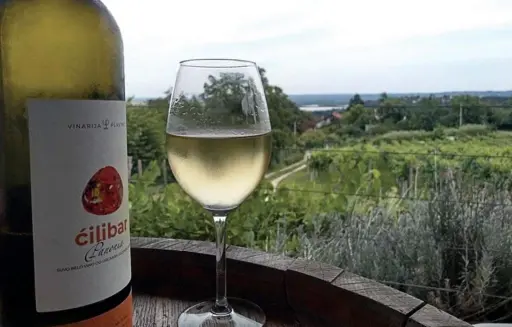
- Tamjanika – A highly aromatic white grape with floral, muscat-like notes. Crisp, fresh, and expressive.
- Prokupac – A historic red grape producing light to medium-bodied wines with juicy red fruit and peppery spice.
- Vranac – Common in southern Serbia and Montenegro; powerful, structured, and intensely dark.
Discover these native gems at Plavinci Winery and Doja Winery, both known for elevating indigenous Serbian grapes.
Hungary
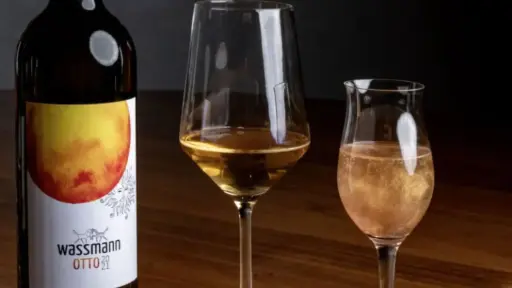
- Kékfrankos (Blaufränkisch) – A spicy, fruit-forward red with great freshness. Known for versatility and aging potential.
- Furmint – A white grape used in both dry wines and the famed Tokaji dessert wines.
Visit Wassmann Winery to explore Hungary’s biodynamic expressions of Kékfrankos and more.
Italy & Slovenia
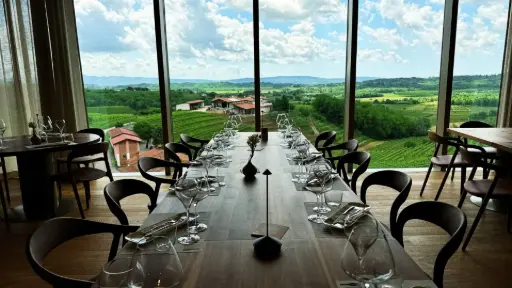
- Malvasia – An ancient Mediterranean white grape known for floral aromas and subtle minerality.
- Refosco – A red grape found in northeast Italy and Slovenia, offering vibrant acidity and dark fruit.
Taste these at Fattoria La Maliosa in Tuscany and Ščurek Winery in Slovenia’s Goriška Brda region.
Why Grape Varieties Matter
The grape variety determines a wine’s primary flavor profile, acidity, body, and potential for aging. But that’s only half the story—where it’s grown matters just as much. Climate, soil, altitude, and even wind influence how each grape expresses itself.
That’s why a Chardonnay from Tuscany can taste completely different than one from Serbia. The interplay between grape and place—what winemakers call terroir—is the magic behind wine’s infinite variety.
Regional Styles Across Winera
At Winera, we’ve curated experiences that highlight both globally loved and locally revered grapes. Whether you’re sipping Riesling in a Hungarian village or tasting Tamjanika in downtown Belgrade, you’re experiencing not just the grape—but the soul of the region.
Wine Classifications, Food Pairing & Serving Tips
Once you know your reds from your rosés, it’s time to go one layer deeper. Understanding how wines are classified, how to pair them with food, and how to serve them correctly can completely transform your tasting experience—whether you’re at a Winera partner winery or sipping at home.
Understanding Wine Classifications
Wine isn’t just defined by its color or grape—it’s also categorized by factors like sweetness, body, alcohol level, and origin. Here are the most important terms to know when reading labels or winery descriptions.
Sweet vs. Dry
A dry wine contains little to no residual sugar, while a sweet wine retains sugar either naturally (through late harvest or noble rot) or via stopped fermentation.
- Dry – Most red and white table wines (e.g. Cabernet Sauvignon, Sauvignon Blanc)
- Off-dry – Slightly sweet (e.g. Riesling, some rosés)
- Sweet – Dessert wines (e.g. Port, Ice Wine, Muscat)
Varietal vs. Blend
- Varietal – A wine made primarily from one grape variety (e.g. Chardonnay, Prokupac)
- Blend – A mix of several grapes, often to balance structure and flavor (e.g. Bordeaux blend or Balkan field blends)
Reserve / Aged Wines
These are often aged longer before release and may carry a regional designation. “Reserve” has no universal meaning unless regulated (e.g. Italy’s Riserva or Spain’s Reserva).
Sparkling Classification
- Brut Nature – Bone dry
- Brut – Dry
- Extra Dry – Slightly sweeter than brut
- Demi-Sec / Doux – Noticeably sweet
Learn more by browsing our partner winery labels and noting their classification styles.
Food & Wine Pairing Tips
The right wine and food pairing can elevate both elements—making your meal more balanced, your wine more expressive, and your experience more memorable. While pairing is partly subjective, these basic principles go a long way.
Match Intensity
Pair light-bodied wines with lighter dishes, and bold wines with rich, flavorful meals.
- Light whites (e.g. Pinot Grigio, Sauvignon Blanc) → seafood, salads, goat cheese
- Full whites (e.g. oaked Chardonnay) → cream sauces, roasted poultry
- Light reds (e.g. Pinot Noir) → mushroom dishes, grilled vegetables, salmon
- Full reds (e.g. Prokupac, Cabernet Sauvignon) → steak, lamb, aged cheeses
- Rosé → grilled shrimp, charcuterie, Niçoise salad
- Sparkling → fried foods, oysters, sushi, soft cheese
- Orange wine → spiced dishes, fermented foods, aged cheeses
- Sweet & fortified wines → desserts, blue cheese, pâté
Balance Acidity
High-acid wines (like Riesling or Tamjanika) cut through fatty foods and creamy textures beautifully.
Complement or Contrast
You can either match similar flavors (buttery wine with buttery sauce) or contrast for balance (salty cheese with sweet wine).
Book a tasting at Fattoria La Maliosa or Roxanich, where pairing is an art form in itself.
Serving Wine: Tips to Get It Right
You don’t need to be a sommelier to serve wine properly—but these small touches make a big difference in flavor and aroma.
Serving Temperatures
- Sparkling & sweet wines: 6–8°C (43–46°F)
- Whites & rosés: 8–12°C (46–54°F)
- Light reds: 12–16°C (54–60°F)
- Full-bodied reds: 16–18°C (60–65°F)
- Orange wines: 12–14°C (54–57°F)
Too cold and you mute aromas. Too warm and alcohol dominates.
Glassware Matters
Use larger bowls for reds (to aerate), narrower glasses for whites (to preserve aromatics), and flutes or tulip glasses for sparkling.
Let It Breathe
Some reds and orange wines benefit from decanting or at least 15–30 minutes of aeration.
Storage
Keep unopened bottles in a cool, dark, vibration-free space. Avoid heat and direct sunlight. Once opened, reseal tightly and refrigerate if not finishing the bottle.
See our Wine Storage Guide (coming soon) for more on long-term keeping and aging.
Why This Matters at Winera
Our partner wineries aren’t just places to taste—they’re places to learn. When you understand how to read a label, how to pair with your next meal, or how to serve wine at its best, each sip becomes more meaningful.
Whether you’re sipping a crisp organic white on a summer patio or serving bold Balkan reds at a dinner party, these practical tips help you enjoy wine the way it was meant to be enjoyed.
Buying Wine, Storing It & FAQs
Once you’ve explored the many types of wine and how to enjoy them, the next step is simple: bring a bottle home—or better yet, visit the place where it’s made. Whether you’re shopping for a favorite style, storing wine for a special occasion, or still unsure what makes orange wine different from rosé, this section wraps up the essentials and answers the questions we hear most.
How to Buy Wine Confidently
Buying wine doesn't need to be intimidating. Whether you're in a shop, browsing online, or tasting at a winery, here are a few things to look for:
Check the Label
- Varietal: What grape(s) is it made from?
- Region: Where was it grown? (E.g. Tuscany, Villány, Šumadija)
- Vintage: The year the grapes were harvested. Some years are better than others depending on climate.
- Alcohol by Volume (ABV): Indicates strength and sometimes body.
- Classification: Terms like “DOC,” “Reserva,” “Organic” or “Biodynamic” tell you about production methods and quality control.
Ask or Read for Clues
Don’t hesitate to ask your sommelier or tasting guide for recommendations based on your food plans, preferences, or occasion.
Need a place to start? Check out our Winera Wine Shop and browse by region, grape, or experience.
Wine Storage: At Home or in a Cellar
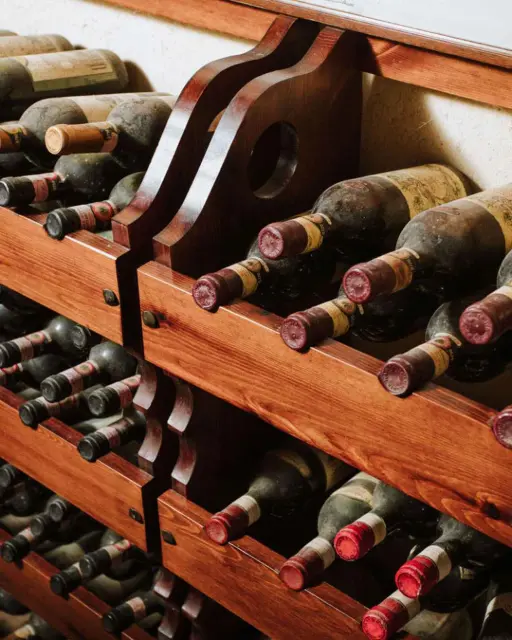
Wine is a living product. Store it well, and it rewards you with flavor and complexity. Store it poorly, and it can quickly deteriorate.
Short-Term Storage
- Keep bottles on their side (to prevent cork drying).
- Store in a cool, dark place (12–18°C / 54–65°F is ideal).
- Avoid sunlight, heat, and vibration.
After Opening
- Still wine: Reseal and refrigerate. Reds: 3–5 days; Whites/Rosé: 3–7 days.
- Sparkling: Use a champagne stopper; drink within 1–2 days.
- Orange wines: Typically more stable—some last 7+ days refrigerated.
- Fortified wines: Can last weeks (e.g., Port, Sherry) if sealed and cool.
Learn from the pros during a Winera wine tasting where producers share storage and pairing secrets firsthand.
Frequently Asked Questions (FAQs)
What’s the difference between rosé and orange wine?
Rosé is made from red grapes with short skin contact. Orange wine is made from white grapes fermented on their skins, giving it tannins, texture, and a deeper hue.
Is orange wine the same as natural wine?
No, but they often overlap. Orange wine refers to a style (skin-contact whites), while natural wine refers to minimal intervention winemaking, which may or may not include skin contact.
Does wine go bad after opening?
Yes. Oxygen, light, and temperature degrade wine over time. Store opened bottles in the fridge and consume within a few days. Fortified wines last longer.
Is organic wine healthier?
Organic wine avoids synthetic pesticides and may have fewer additives. While it's not inherently “healthier,” it often contains fewer sulfites and appeals to people with sensitivities.
How much wine is in a standard bottle?
One standard wine bottle holds 750 ml, which equals about 5 standard glasses (150 ml each). Fortified or dessert wines may use smaller bottles.
What are sulfites, and should I worry about them?
Sulfites are naturally occurring and commonly added to wine to preserve freshness. Only a small percentage of people are sensitive to them. Organic wines often have lower levels.
Can I bring wine home from a tasting abroad?
Yes—check local import laws and duties. Many Winera partners offer international shipping, or you can pack wine safely in your checked luggage.
Final Thoughts & What to Explore Next
You’ve now got the complete picture—from wine types and varietals to serving, storing, and sipping. But no amount of reading replaces that first swirl, sniff, and sip with the winemaker nearby.
At Winera, we connect wine lovers with meaningful tasting experiences across Serbia, Italy, Hungary, Slovenia, and beyond. Whether you're curious about biodynamic reds or sipping sparkling on a vineyard terrace, there’s an experience waiting for you.
